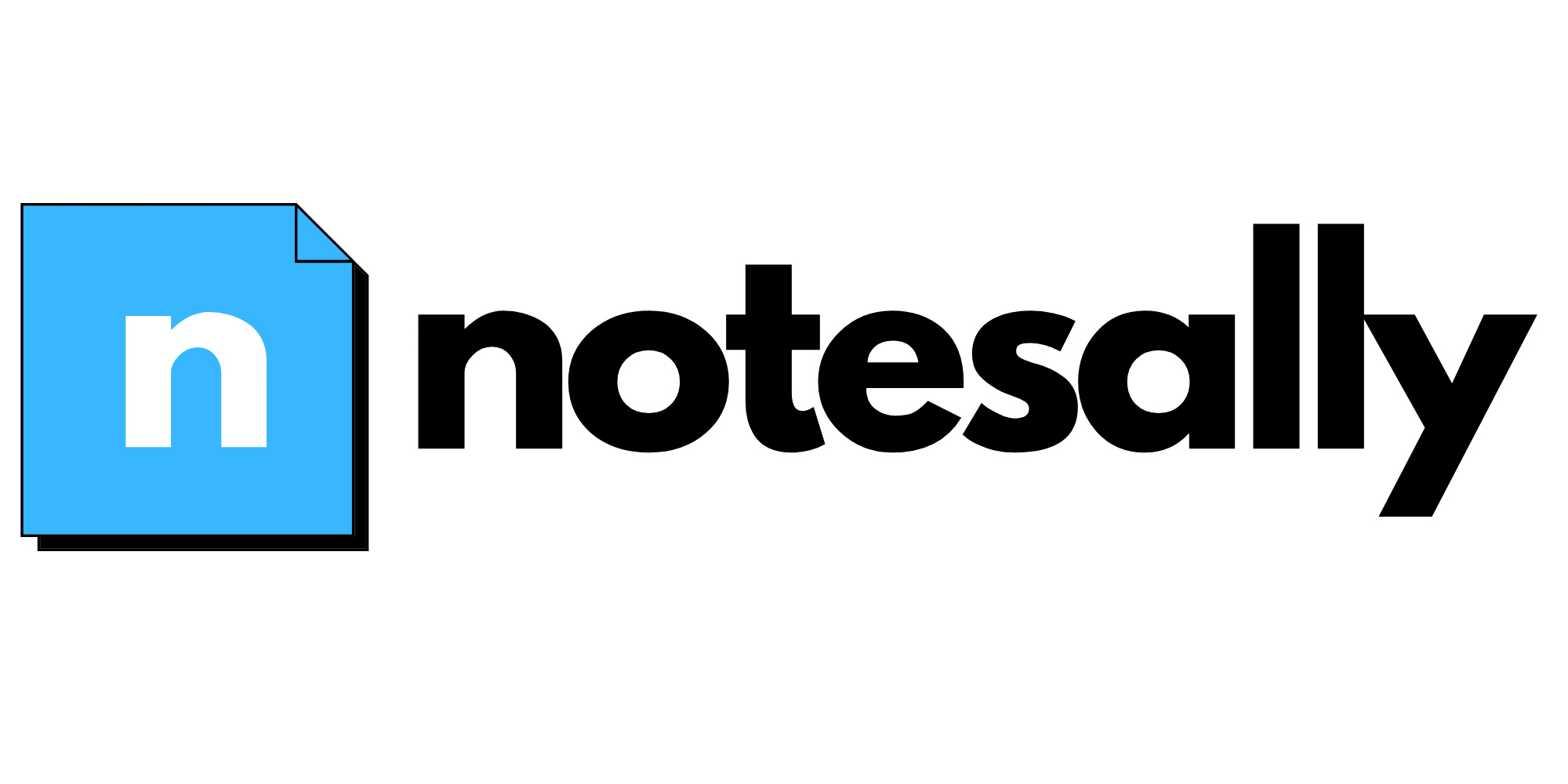When you are an early-stage founder and are prospecting early adopters, it is natural to feel that you don’t have enough time. This is because you are juggling multiple things simultaneously. Your daily activities span across a variety of topics not limited to:
- Engineering
- Marketing
- Sales
- Community engagement
- Feedback gathering
- Learning
When these many varieties are there in your daily work, mental fatigue is unavoidable. When fatigue takes over, you make poor decisions, which is counterproductive. This results in anxiety and hence more poor decisions and slowly, before you know it, you are not in a mental state to work anymore. You know you have hurt your future in some way but can’t quite pinpoint how. Your confidence takes a hit and you need that smoke break really bad by now.
Has this happened to you more than once? If yes, read on! You may find some benefits from this blog post. In this post, I want to highlight a few tips to improve the productivity of your founder life, so that you have relatively less fatigue and anxiety in your life. These have worked for me and hopefully, you too!
Here are the 5 tips:
- Create a single source of truth for each area
- Never start a day without planning
- Use the Pomodoro technique to improve focus
- Create safety nets
- Improve the safety nets continuously
Tip #1 Create a single source of truth for each area
Most early-stage founders, myself included, have the tendency to free-wheel our way into different aspects of the work. This leads to the information about our work being scattered in multiple areas.
For example, our sales leads and conversations are split in multiple mediums like Linkedin chats, emails, Twitter DMs, and more often, in some community forums. Due to this, we cannot answer these questions to ourselves anytime:
- How many prospects am I talking to currently?
- What are the objections/concerns of each prospect?
- What feedback have I received from each prospect?
- What are the next steps for each prospect?
Another example: Our marketing data can be all over the place, some in emails, some in drafts of social media accounts, etc. Due to this, we cannot answer these questions to ourselves anytime:
- What are the upcoming marketing opportunities for me? (Some special day like Black Friday? A relevant event is scheduled and you could engage with tweets with the event’s hashtag?)
- How prepared am I for the next week’s marketing opportunities?
- What campaigns have I done in the past and how did they perform?
Creating a single source of truth for each area, like one for sales, one for marketing, etc. helps you to save mental energy whenever you need to find something. It need not be sophisticated. For example, you could just track all your sales prospects on a Google sheet. If you need to be organized better, you could even spend that zero dollars and get that Hubspot free plan.
At the minimum, have a single source of truth for the following 4 areas:
- Sales - Maybe a spreadsheet, Hubspot, any CRM with low or no cost
- Marketing - Maybe an online folder, Notion
- Engineering - Maybe Github (this gives you wiki, projects, issues, etc) or Bitbucket
- Feedback Gathering - Maybe a spreadsheet or my favorite Noora
Believe me, doing just this - creating a single source of truth for each area - has saved my time and reduced anxiety significantly. Moreover, I could use it to plan my work effectively, which brings us to the second tip.
Tip #2 - Never start a day without planning
As an early-stage founder, I had a tendency to free-wheel my way into the work. I don’t have time for planning. In the time I plan, I could have finished writing that one email or created that one infographic for marketing. I already know what is urgent - My gut helps me in deciding that. So, planning is a waste of time. This was my mental model.
Now, based on my personal experience, I have found that starting a day with a planning ritual has improved my productivity significantly. I spend 15 minutes every day to come up with the top 3-5 things I want to work on that day. My today’s plan looks like this:
- Complete the blog post for this week (Yes, this very blog post)
- Add value to A,B,C,D and E product founders in the community by giving feedback
- Come up with a high-level design of Linkedin integration for Notesally
- Create a draft concept for the infographic due this Wednesday
- Follow-up with prospects X,Y and Z to be the early adopter for Notesally
Let me clarify one thing. I expect my plan to go wrong due to new things that happen in the real world. I plan to re-plan when needed. But, no matter what, I always know what task to pick up next, when I finish one. This helps me focus on my work and get some outcome rather than panic-switching between tasks and feeling drained at the end of the day.
Tip #3 - Use the Pomodoro Technique to improve focus
The human mind has a limited capacity to focus. Our focus wavers after a certain time, once we start working on a task.
Interestingly, during these wavering periods, we are compelled by our own minds to watch just that one episode of Super Store on Netflix, which turns into a binge marathon until our mind is filled with guilt and shame.
Finally, when we find the mental strength to close Netflix and get back to work, we feel ashamed about ourselves and are at a moral low point. This doesn’t help our focus and productivity either 😀
One way to counter this is to use a technique for focusing. I am NOT talking about meditation and other things. I am talking about some technique that helps you focus while you are doing the work.
Pomodoro technique has been my go-to focus technique after I learnt about it in engineering circles. The name of this is inspired from Tomato shaped timers, I guess :)
The core idea is this:
- Start a timer for 20 minutes (25 minutes is a variation I have seen too). We call this 20 minutes as a ‘Pomodoro’.
- Focus on one single task for that 20 minutes. No calls. No chats. No interruptions. No emails. Nothing! Just that one task.
- At the end of timer, take a short 5-10 minute break.
- After the break, start the timer again. Do another Pomodoro.
- After every 4th Pomodoro, take a long break 30 mins or more.
- Rinse & Repeat
This technique is brilliant because I can just go through my plan for the day (explained in Tip #2 above) and use Pomodoros to fight any focus loss. Due to increased focus, I am more likely to finish some item rather than spending my time switching between tasks based on my gut reaction and not accomplishing anything in a day.
Tip #4 - Create Safety Nets
Even when we are at our heights of focus, we are still humans and we will make human errors. It is important to make sure that our human errors do not harm our business badly enough to cause a financial impact.
Some examples of human errors include:
- Missing an action item (like scheduling a demo call) after talking to a prospect on email.
- Missing to update relevant data in our single source of truth (Maybe # of licenses in the CRM)
- Missing to follow-up after a few days of writing an email to a prospect.
- Missing to respond to a prospect’s question or feedback
When we acknowledge that we are only humans and sometimes, mistakes cannot be avoided, our mind opens up a new question - ‘How can I make sure that my mistakes don’t hurt my business?’
For any human error, think and come up with a safety net that will reduce the impact of the error. These safety nets can be techniques or tools. For example, as a technique, you can create a practice of setting aside 15 minutes at the end of every day to do a quality-assurance of your data in CRM. Another example is scanning your chat transcripts or emails using a tool like Notesally to make sure that you have not missed any action items. (Full disclosure: Notesally is my product.)
Creating safety nets makes sure that you are constantly reducing the risks for your business.
Tip #5 - Improve the safety nets continuously
Establishing safety nets is important, but even more important is improving them continuously. Set aside time every 2 weeks or every month to review your safety nets and any improvement that you can do.
If you are using a specific technique as a safety net, you might want to change the specific aspects of the technique. For example, you might choose to do the QA of CRM data in the first 15 minutes so that you verify it when you are not tired.
If you are using a tool as a safety net, this is even easier. The tool will have its own continuous improvement in terms of a roadmap. You could also add items to the tool’s roadmap by either writing to the support team or by updating the public feature requests if the tool has one. BTW, Notesally has a public roadmap and feature requests documented here.
Another way is to keep looking for new tools and techniques that can become your safety net. This way, you can be continuously improving your safety nets. This will allow you to work with peace of mind.
These are the tips that have helped me as an early-stage founder. Hope you found these useful. If you have any feedback, you can reach me on Twitter at @notesallyhq.
Picture Credit: Brooke Cagle

